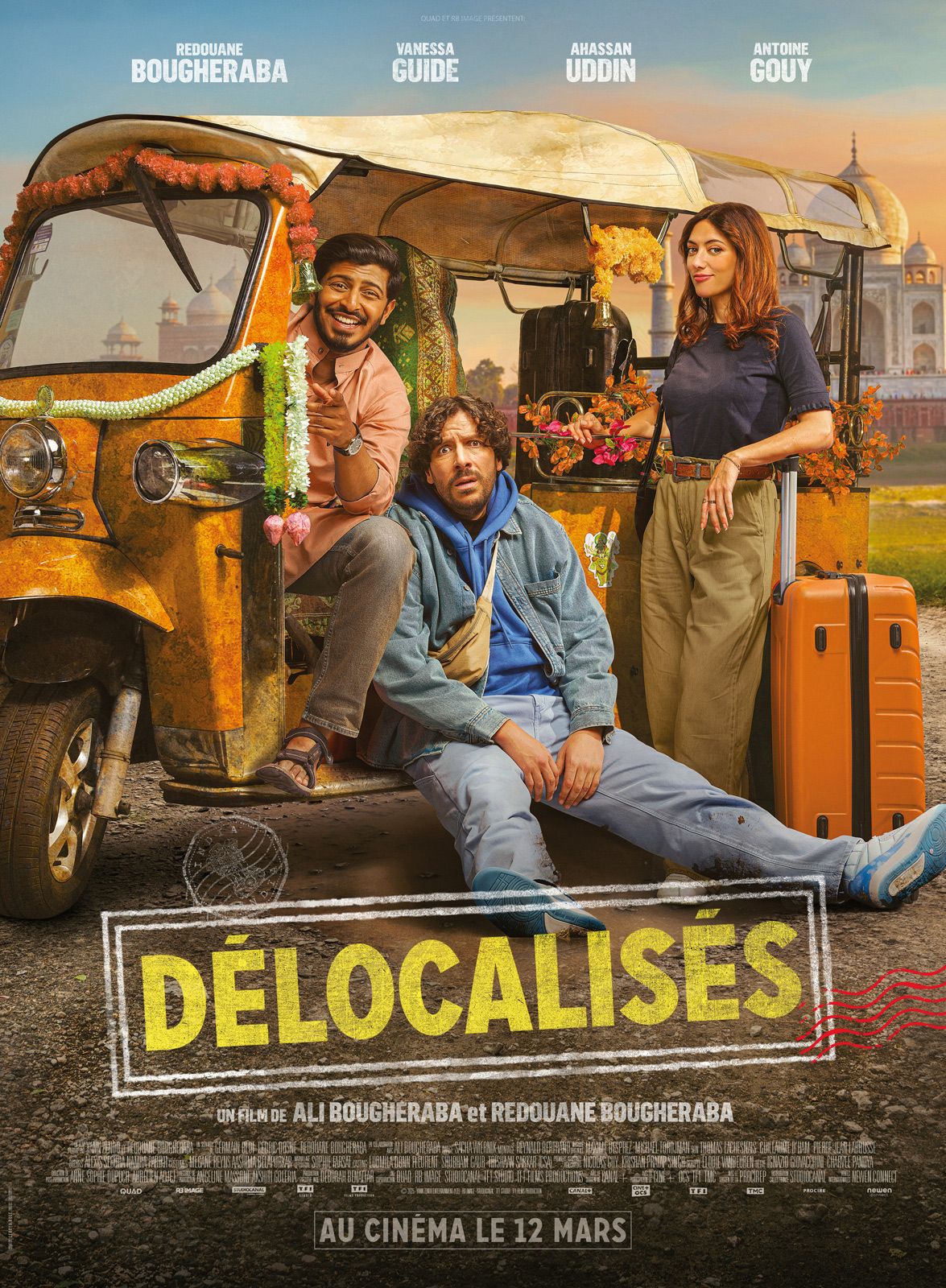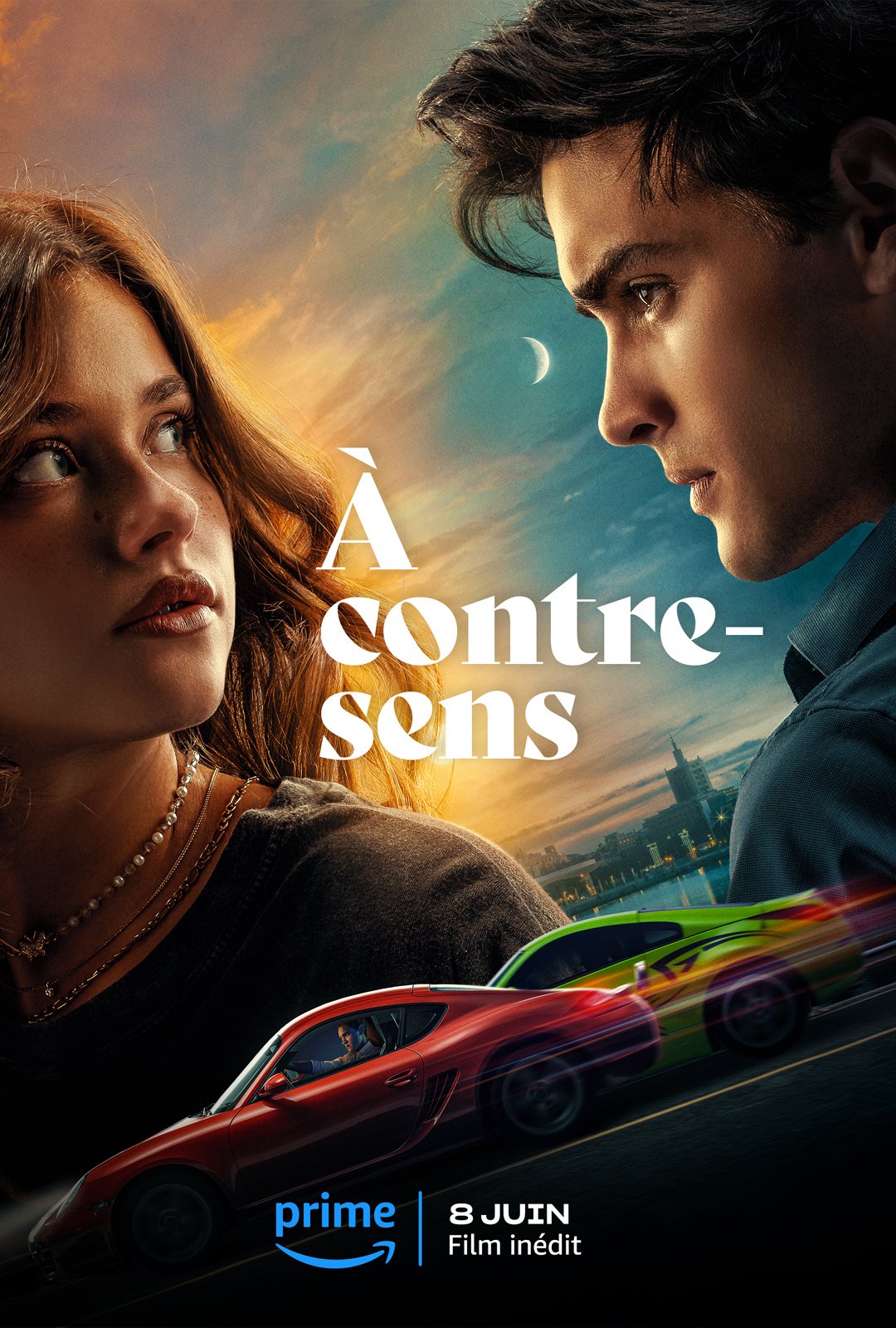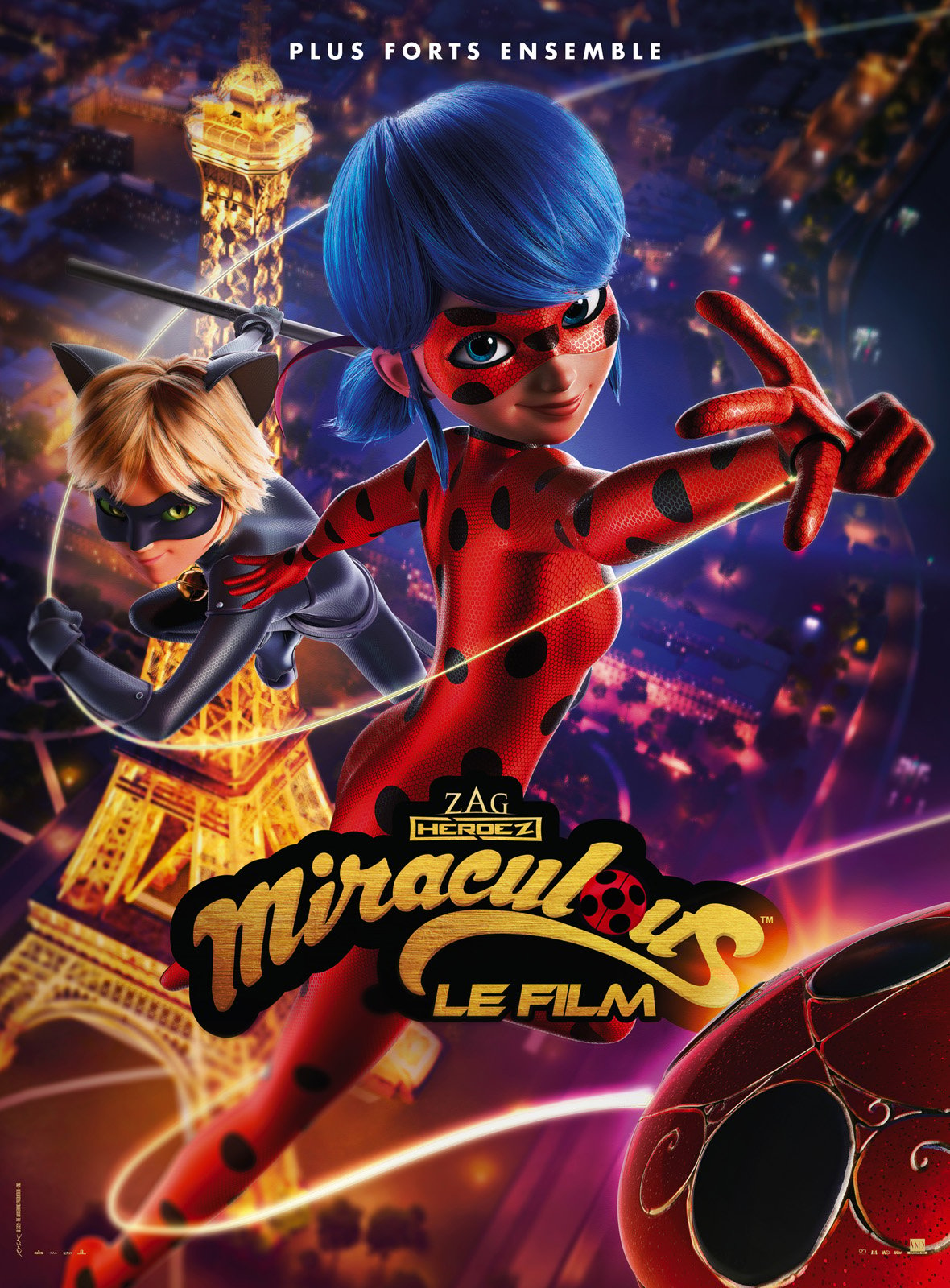When we talk about the moving pictures we see, the words we pick can tell us a lot about what we expect. Sometimes, we say "movie," which feels a bit more everyday, like something for a casual evening. Then there's "film," a word that often carries a different sort of weight, suggesting something perhaps a little more thoughtful or serious, a piece of art that really stays with you. It's interesting, isn't it, how these simple words can change our whole idea of what we're about to watch, and how we might think about the people who bring those stories to life on screen.
You know, the way we talk about these visual narratives, it actually shapes how we view the entire creative process. Whether it's a big screen spectacle or a quiet, personal story, the language we use to describe it helps set the stage for our experience. It influences how we appreciate the craft involved, from the story's beginnings to the final presentation, and certainly how we see the individuals who stand before the cameras, giving life to characters and moments. This subtle difference in phrasing, you might say, is quite a powerful thing, affecting our very connection to the tales being told.
So, too it's almost as if the very vocabulary we choose helps us frame our expectations before the lights dim. It guides our focus, drawing attention to different aspects of the production. This is particularly true when we consider the actors and actresses who are so central to any visual story. Their presence, their portrayals, they really are the heart of what we experience, shaping our feelings and thoughts long after the credits roll. It's a fascinating connection, really, between the words we use and the magic that unfolds on screen.
Table of Contents
- A Look at How Stories Come to Life on Screen
- The Shifting Sands of Film and Cast
- What Makes a Film Feel Different from a Movie?
- Perceptions of Film and Cast
- How Do Cultural Shifts Affect the Faces We See?
- The Evolution of Film and Cast
- Why Do Some View Films as "Bad" Despite Praise?
- Connecting with Film and Cast
A Look at How Stories Come to Life on Screen
The creation of a visual story, whether it's a grand epic or a quiet, personal tale, always starts with an idea. This idea then gets shaped into a script, which is essentially the blueprint for everything that follows. From there, a whole team of people works together to bring that vision to light, from those who build the sets to those who manage the cameras. It's a very collaborative effort, where each person plays a part in building the world we see. You know, this process is what transforms words on a page into moving images that can truly stir our emotions.
At the very heart of this creation are the individuals who step into the roles. They are the ones who give voice and feeling to the written words, turning characters into living, breathing beings. Their expressions, their movements, the way they deliver a line – all these things contribute to how we connect with the story. It's a delicate art, this act of performance, requiring a deep sense of understanding for the character and the story's overall tone. Basically, without these people, the stories would just stay on the page, waiting for someone to bring them to life.
So, too it's almost like these performers become the bridge between the storytellers and the audience. They translate complex emotions and motivations into something we can all feel and relate to. When we talk about a "film," especially, there's often an expectation of a certain depth in these portrayals, a level of artistry that goes beyond mere entertainment. This particular kind of story often seeks to make us think, to challenge our perspectives, and the people who play the parts are central to achieving that sort of impact.
- Live Action Ninja Turtles
- Alyssa Diaz Movies And Tv Shows
- Jennifer Connelly Husband
- Who Is Jim Nantz Wife
- Foot Massagers
The Shifting Sands of Film and Cast
Thinking back to earlier times, say the nineteen thirties and forties, the big screen was a place of dazzling figures. These performers were often seen as shining examples of beauty and charm, their images carefully crafted for public adoration. The stories they told, for the most part, reflected a particular view of the world, one that was perhaps a little less complicated, or at least presented in a way that felt more straightforward. This period was, in a way, a time of established norms for who appeared on screen and what kinds of stories were considered fitting for a wide audience.
However, as time moved on, especially into the nineteen sixties and seventies, society itself began to change quite a bit. New ideas about fairness and freedom started to gain a stronger voice. Movements, like the one advocating for the rights of black people, began to question the existing ways of doing things, including who was seen as important on screen and what kinds of lives were shown. This shift in thinking naturally began to affect the kinds of stories that were told and, very significantly, the people chosen to tell them. It was a time when the very idea of who could be a leading figure in a visual story started to broaden, which is that a positive thing.
This period saw a push for stories that reflected a wider range of human experiences, and with that, a greater variety of faces appeared on screen. The established ways of thinking about who could be a hero or a central character started to give way to more inclusive ideas. It wasn't just about the dazzling star anymore; it was also about showing different sides of life and giving voice to people who had long been overlooked. This change in societal thought, basically, had a very real and lasting effect on the people who were chosen for roles, shaping the very look and feel of visual stories for years to come.
What Makes a Film Feel Different from a Movie?
The words "film" and "movie" often get used for the same thing, but they carry slightly different feelings, don't they? When someone says "movie," you might think of going out for popcorn and having a good time, maybe seeing a big action story or a funny comedy. It feels more like everyday fun, something made for a large crowd to enjoy together. It's about the entertainment, the escape, the shared experience in a darkened room. Really, it's a very common way to spend an evening.
On the other hand, when someone mentions "film," it often suggests something a little more serious. It might make you think of a piece of art, something that has a deeper message or explores complex ideas. Perhaps it's a story that challenges you, or one that makes you think long after it's over. This word tends to be used for works that aim for a certain level of artistic merit, something that critics might discuss in detail or that gets shown at special gatherings. So, in some respects, the choice of word can tell you a bit about the maker's intentions and the kind of experience you're in for.
This distinction, while subtle, is quite interesting. It's almost like "movie" is for the general audience, while "film" is for those who seek something more profound from their visual stories. Neither is better or worse, of course, but they point to different ways of approaching the medium. The word choice can set an expectation for the style of storytelling, the kind of emotional impact, and even the type of discussion that might follow. It really highlights how language shapes our expectations for what we are about to see.
Perceptions of Film and Cast
This difference in how we talk about visual stories also influences how we view the people who play the parts. When we go to see a "movie," we often expect the performers to be entertaining, to fit neatly into their roles, and to deliver what we generally expect from popular entertainment. We might be looking for charismatic figures who can carry a big story, or funny people who can make us laugh. The individuals chosen for these parts are often selected for their broad appeal and their ability to connect with a wide audience. It's about creating a pleasant, engaging experience, and the people on screen are a big part of that, naturally.
However, when it's called a "film," our expectations for the people playing the roles might shift a little. We might look for performances that are more nuanced, more deeply felt, or that show a different side of human experience. We might expect the individuals on screen to disappear into their characters, to make us forget we are watching someone perform. This is that where the focus moves from broad appeal to something more about the craft of acting, about truly embodying a person or an idea. The selection of people for these kinds of stories often prioritizes their ability to bring a complex emotional truth to the screen.
So, too it's almost as if the word itself influences how we judge the individuals involved. Do we see them as popular entertainers or as serious artists? Often, the same person can do both, but the context of "film" versus "movie" can color our perception of their work. This subtle difference in language helps to frame our appreciation for the various kinds of contributions these individuals make to the stories we watch. It really is quite fascinating how these perceptions play out.
How Do Cultural Shifts Affect the Faces We See?
The stories we see on screen are, in many ways, a mirror of the society that creates them. As a society changes, so do the kinds of tales that get told and, very importantly, the kinds of people who get to tell them. Think about how the world changed in the nineteen sixties and seventies; there was a powerful movement for black liberation, a strong push for equal rights and recognition. This kind of societal upheaval doesn't just stay in the streets or in political discussions; it flows into every part of culture, including the visual arts. Basically, the demand for change in real life started to show up in the stories we watched.
Before these times, the faces seen on screen, especially in leading parts, were often quite limited. There was a prevailing idea of who was considered a "star," and this often meant people of a particular background. But as the world began to question these established norms, the call for more diverse representation grew stronger. People wanted to see themselves, their experiences, and their communities reflected in the stories that were so widely consumed. This push for broader representation meant that the individuals chosen for roles started to come from a wider range of backgrounds, changing the very look of the stories. You know, it was a slow but significant shift.
This desire for more varied people in visual stories wasn't just about fairness; it was also about telling richer, more truthful tales. When a wider array of voices and faces are included, the stories themselves become more layered and can connect with a greater number of people. It allows for different perspectives to be explored, adding depth and authenticity to the narratives. The impact of these cultural shifts on the people who get to be in visual stories is, in a way, a testament to how art can both reflect and help shape the world around us.
The Evolution of Film and Cast
The journey of visual storytelling, from its earliest days to now, has been one of constant change. What was considered cutting-edge or acceptable in one period might seem quite dated or even problematic in another. This ongoing change is very much tied to how society itself moves forward, adapting to new ideas and challenging old ones. This means that the kinds of stories that get made, and the people chosen to appear in them, are always in flux, always reflecting the current moment and looking toward what might come next. It's a continuous flow, really.
The selection of people for visual stories, in particular, has seen a remarkable evolution. From a time when certain types of individuals were almost exclusively seen in leading roles, we've moved towards a greater appreciation for variety. This isn't just about different appearances; it's also about different voices, different experiences, and different ways of seeing the world being brought to the screen. This broadening of who gets to be a part of the stories we watch makes the entire experience richer and more reflective of the complex world we live in. Basically, it allows for a fuller picture of humanity to be presented.
So, too it's almost as if every new generation of visual stories builds upon the last, taking lessons from the past and pushing boundaries for the future. The people who play the parts are at the forefront of this evolution, embodying the changes in societal thought and artistic expression. Their presence on screen helps to shape our understanding of the world, making the visual story a living, breathing thing that adapts and grows with us. This ongoing transformation of the people who appear in stories is a fascinating aspect of the visual arts.
Why Do Some View Films as "Bad" Despite Praise?
It's an interesting thing, isn't it, when a visual story receives a lot of good words from critics or wins many honors, yet some people just don't connect with it at all? You might hear someone say a highly praised piece is "bad" or that they found it completely unengaging, even if others are calling it a masterpiece. This happens quite a bit, and it points to the very personal nature of how we experience art. What one person finds deeply moving, another might find boring or even confusing. Really, it shows that taste is a very individual thing.
Sometimes, this difference in opinion comes from what we expect to get from a visual story. If someone goes in hoping for a simple, straightforward plot with clear heroes and villains, and instead they get a story that's abstract or challenges traditional ideas, they might feel let down. The people playing the parts might be giving truly amazing performances, but if the overall story doesn't match the viewer's personal preferences, it can be hard for them to appreciate it. So, in some respects, it's about a mismatch between what the story offers and what the viewer is looking for.
Then there's the idea that a visual story might be technically brilliant, with wonderful performances from the people in it, but it just doesn't resonate on an emotional level for everyone. Perhaps the themes are too dark, or the pacing is too slow for some tastes. Even if the individuals on screen are doing their absolute best, bringing immense talent to their roles, the story as a whole might not find its audience in every person. This is that why discussions about visual stories can be so varied and interesting, with different people finding different things to love or dislike.
Connecting with Film and Cast
Ultimately, our connection with any visual story, whether we call it a "film" or a "movie," comes down to how it makes us feel and how we relate to the people in it. The individuals who play the parts are the heart of this connection. They are the ones who show us emotions, who make us believe in the characters, and who draw us into the world of the story. Their expressions, their voices, their very presence on screen are what allow us to laugh, cry, or think deeply about the narrative. You know, they are the human element that makes the story real for us.
Even when a story is technically impressive, with beautiful pictures and clever writing, it's often the people in it that we remember most. A powerful portrayal can stay with us long after the credits roll, shaping our thoughts and feelings about the story's themes. It's the way these individuals bring their characters to life that truly creates a lasting impact, turning a collection of scenes into a memorable experience. This is that very special bond between the people on screen and those of us watching.
So, too it's almost like the people who perform in these visual stories are the guides on our journey through the narrative. They invite us into different worlds, introduce us to new ideas, and allow us to experience a wide range of feelings. Their skill, their dedication, and their ability to connect with us on a human level are what make the art of visual storytelling so powerful. The people chosen for roles are, basically, the very essence of what makes a story truly come alive for an audience.


